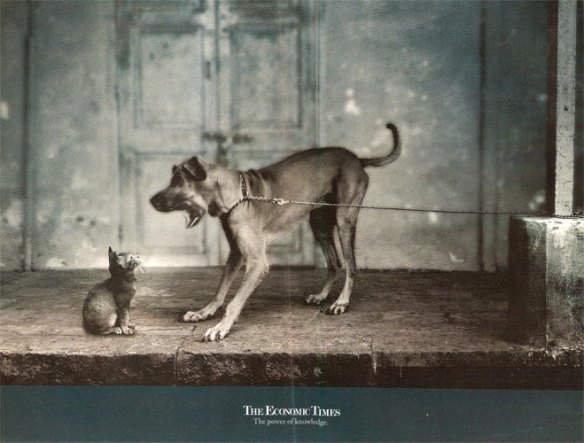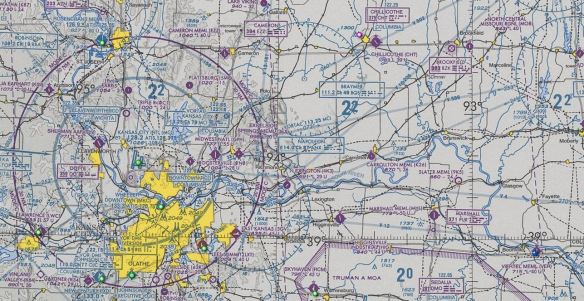
image source: http://www.dontforgettothink.com/2010/05/11/knowledge-is-power/
At some point you have heard the quote “Knowledge is Power”. I think we have all taken this to be the motivation for education. Get smart, be powerful. After all, the person credited with the quote, Sir Francis Bacon, is one of the fathers of the scientific method.
Knowledge is power.
―Francis Bacon
|
While I don’t necessarily disagree with the statement above, I do think that it is incomplete. I would like to add a few words to create my own statement: The proper application of knowledge yields power. Let me explain.
Knowledge in itself is useless
Knowledge of what is does not open the door directly to what should be.
―Albert Einstein
|
Approximately 14 people die each day at work (United States Department of Labor, 2013). It’s a horrible thing to think that 14 people go to work every day to earn for a family and then never get to go home to them again. Knowing this, does it give you power? If you didn’t know this already before reading this page, did I just make you more powerful? I don’t think that I did. Let’s face it; most of you may not even let this knowledge affect the way you behave at your job. It may not influence the decisions you make about your employees. If not, you have not gained any power from this knowledge. But, there is hope. There is potential.
The more knowledge you have, the more options you have. The better informed that you are, the better decisions that you can make. But we all know people (or we are those people ourselves) that have made decisions counter to what our knowledge advised us to do. Therefore, that knowledge was useless (or the knowledge was fine, but we were useless). If that is true, then knowledge itself cannot be power.
Making knowledge useful
Personally, I don’t like knowledge being useless. It’s wasteful. So what can we do to make knowledge useful? Simple; apply it! That is science; that is leadership; that is simply being a good citizen. Applying knowledge is what creates change. And change is what drives improvement, innovation and invention.
But applying knowledge is not quite enough. Remember our phrase states that it requires the proper application of knowledge. For example, if I know that reducing inventory in our maintenance department will save the company the associated carrying costs, the application of that knowledge would be to reduce the inventory. However, if I simply reduce inventory and don’t do it the right way, I will still achieve the goal of saving the carrying costs, but I will create additional costs in excess equipment downtime due to not having parts in stock, expediting orders on purchases, wasted mechanical labor on pursuing work that doesn’t have items in stock and more. These costs will surely offset the savings that comes from my application of knowledge. The result will be a loss of respect from my maintenance staff, an upset manager at my inability to meet the budget, upset production peers for causing additional downtime on their equipment, frustrated customers for late deliveries or extended lead times; the list goes on. This actually resulted in a loss of power.
Nearly all men can stand adversity, but if you want to test a man’s character, give him power.
―Abraham Lincoln
|
So the proper application of knowledge requires even more knowledge. How, should we reduce inventory to gain power? Depending on the process there are several ways, vendor managed inventories, consignment agreements, ABC prioritizing, new ordering methods. So knowing this knowledge it again needs to be applied. But this needs to be applied properly by including the right people. If we try to do reduce inventory in a vacuum we will surely alienate others and again lose power, not gain it.
This could be an endless cycle of exploration and obtaining knowledge. One must be careful because trying to pursue all of the knowledge to apply it all perfectly can lead to hesitation and stagnation. Use a mini risk assessment to decide if you have enough knowledge on what to do and how to apply it. If the reward outweighs the risk, take action and apply the knowledge you have. If you didn’t get it all right, you can adjust along the way and make corrections for the new knowledge you gain as you progress.
So what do i do with this power anyway
I hope our wisdom will grow with our power, and teach us, that the less we use our power the greater it will be.
―Thomas Jefferson
|
Congratulations, you gained knowledge, applied it properly and now you have power! Now what? We all seem to want more power. But once we have it, we need to know what to do with it. There are a lot of things that we can do with power once we have it. Since we are the ones with the power, it is up to us to decide what to do with it. Most people don’t really know how to wield the power that they have and it is simply wasted or used for selfish gain.
I think that the most effective use of power is to give it away and teach others how to do the same. By giving away power you effectively increase your own. Power given away is exponential power. John C. Maxwell wrote “A key to empowering others is high belief in people.” You have to believe in the power of other people and help them to achieve it.
THE PROPER APPLICATION OF KNOWLEDGE YIELDS POWER
How have you seen knowledge wasted?







